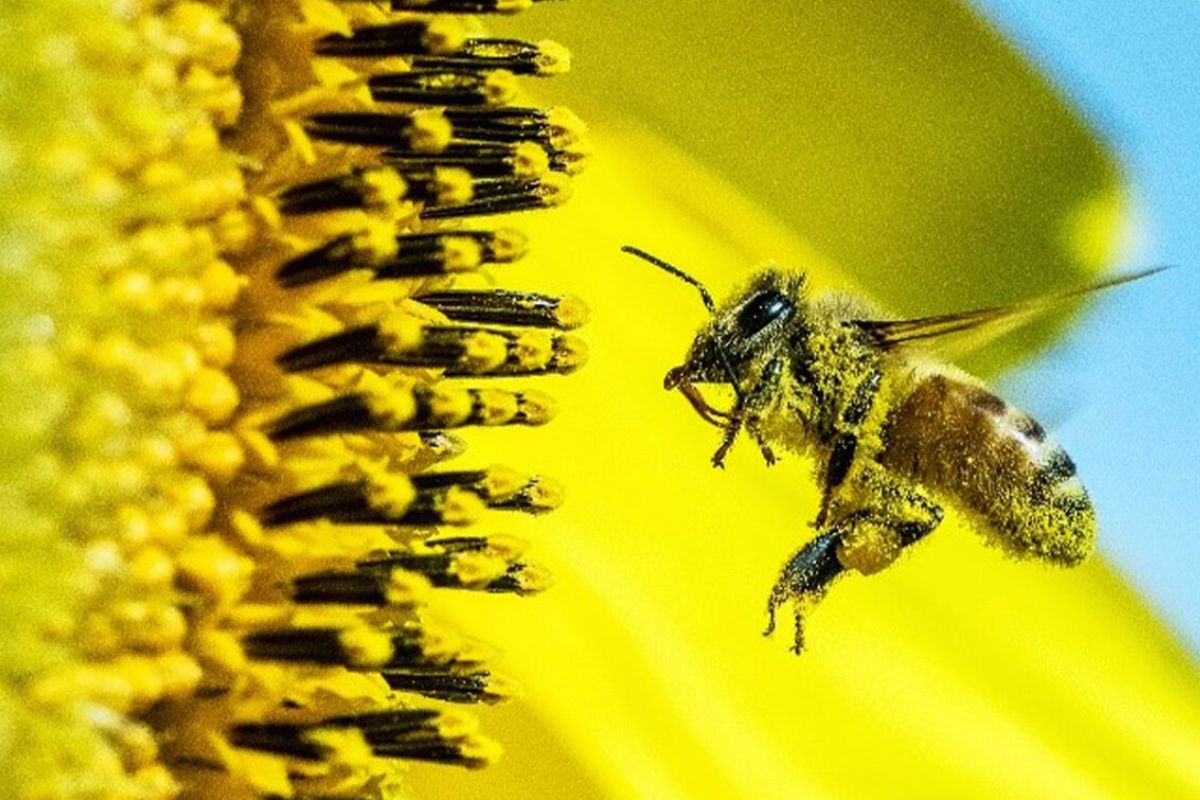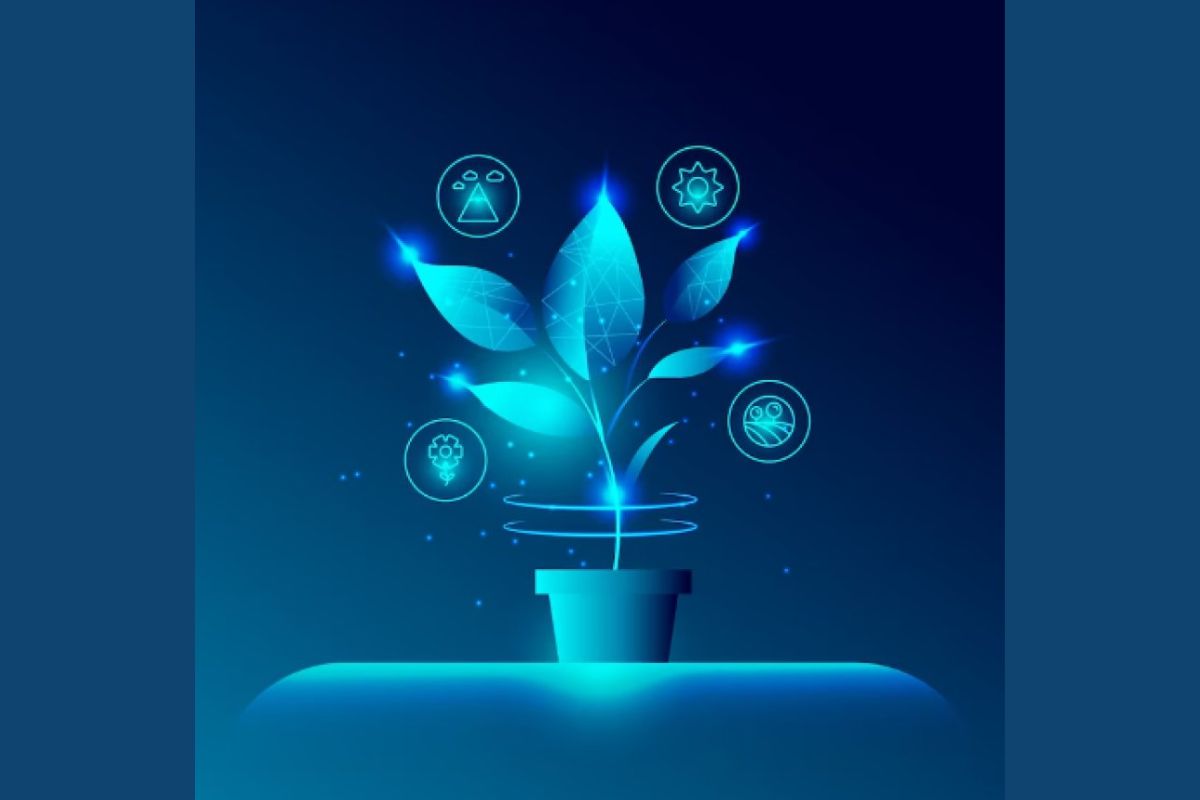How Light Pollution affects Agriculture in India?
When we talk about farming and agriculture there are so many factors that are considered important. We talk about climate, terrain, adequate irrigation, soil health, pest control, etc. One factor which even the farmers don’t consider is about light pollution.
Recent studies have brought to light a new threat that is disrupting agriculture in India – light pollution. The detrimental impacts of light pollution on human health, wildlife, and astronomical observations have been widely recognized. The consequences for the agricultural sector have largely gone unnoticed. In a country where agriculture plays a vital role in supporting the livelihoods of millions of people. So, addressing this issue has become an urgent concern.
Understanding the three characteristics of light – quantity, quality, and duration, is crucial for successful plant cultivation, both in natural settings and in controlled environments such as greenhouses. Just provide plants with the right amount of light, the appropriate spectrum of light, and the correct duration of light. Growers can optimize plant growth, increase yield, and enhance overall plant health.

What is Light Pollution?
Light pollution refers to the excessive or misdirected artificial light produced by human activities. It not only disrupts natural light cycles but also interferes with the behaviour, reproduction, and feeding patterns of animals. In the context of agriculture, excessive exposure to artificial light at night is negatively affecting crops, leading to reduced yields and quality.
Plants are fascinating organisms that rely heavily on light for their growth and development. They have evolved to respond to various characteristics of light. This includes quantity, quality, and duration. Each of these characteristics plays a crucial role. This helps in shaping a plant’s growth and overall health.
Quantity of light refers to the total concentration or intensity of the light that reaches the plant. It is essential for plants to receive an adequate amount of light for optimal photosynthesis, which is the process through which they convert light energy into chemical energy to fuel their growth. Insufficient light quantity can lead to stunted growth, weakened stems, and reduced flower or fruit production.

All the above conditions are not feasible for farmers to continue their farming and grow desired crops. Farmers need to understand the concept. They also need to analyse the effects of light pollution on their crop’s growth and development. For this, they need to read the article in detail and follow the solutions.
Light requirements of plants
Plants have different light requirements depending on their species and stage of growth. Some plants can tolerate lower light levels. Other plants require intense sunlight. This is mainly due to their ability to adapt to varying light conditions. This also depends on their natural habitats. For example, shade-loving plants have adapted to survive in low light conditions, while sun-loving plants thrive in bright, direct sunlight.
Light quality indicates the wavelength of the light and duration refers to the total period for which light is present. Light pollution has the potential to alter one or more of these characteristics. In addition to understanding the characteristics of light, growers must also consider other factors such as temperature, humidity, and airflow to create an optimal growing environment. These factors can affect the way plants utilize light and their overall growth and development.

Quality of light refers to the specific wavelengths or colours of light that plants receive. Different wavelengths of light have varying effects on plant growth and development. The two primary colours of light that plants utilize most efficiently are red and blue. Red light is essential for promoting flowering and fruiting, while blue light is crucial for vegetative growth and overall plant health.
How do plants use light?
Plants have specialized pigments called chlorophyll, which are responsible for absorbing light energy. Chlorophyll primarily absorbs red and blue light, while reflecting green light, giving plants their green colour. This is why plants can appear green to our eyes, as they are reflecting the green light that is not absorbed.
Duration of light refers to the length of time that plants are exposed to light. It is crucial for plants to have the right balance of light and darkness to carry out their biological processes effectively. The duration of light plays a role in determining when plants flower, set fruit, or go into dormancy. Certain plants require specific day lengths to initiate these processes, which is why they are classified as short-day, long-day, or day-neutral plants.

The duration of light also affects a plant’s overall growth rate. Continuous exposure to light without any darkness can disrupt a plant’s internal clock and metabolism, leading to poor growth and development. Conversely, sudden changes in the duration of light can stress plants and negatively impact their health.
Photoperiodism
Broadly speaking, light pollution affects plants by interfering with photoperiodism. Based on their sensitivity to light, plants are classified as long-day plants, short-day plants and day-neutral plants. The presence of artificial light, beyond natural light hours, can disturb the photoperiods of these plants.
Several biological activities in plants, such as pigment formation, leave shedding and the onset and breaking of bud dormancy are determined by the photoperiod. The presence of artificial night lighting alters the natural photoperiod and, therefore, upsets the plant’s development.
One of the major ways in which light pollution affects agriculture is through the disruption of the circadian rhythm of plants. Just like humans, plants have an internal clock that follows a 24-hour cycle. This clock helps regulate important processes like photosynthesis, growth, and flowering. Excessive artificial light at night confuses the plants, interrupting their natural rhythm and leading to physiological stress. Consequently, this disrupts their growth and development, ultimately resulting in lower crop yields.

Many plant species bloom only at night and depend on nocturnal pollinators for pollination. Increasing lighting can prevent flowering and pollination in such plants and hamper reproduction.
Light pollution affects Pollination
Furthermore, light pollution also interferes with pollination, a critical process for successful reproduction in plants. Many crops, including fruits and vegetables, rely on pollinators for fertilisation. The pollinators include bees, butterflies, and moths. These pollinators are naturally attracted to sources of light like the moon and stars.
However, with the increasing prevalence of artificial light, pollinators are drawn away from their natural behaviour. They are drawn towards artificial lights, reducing their effectiveness in pollination. This disruption in pollination directly impacts the quantity and quality of fruit and seed production. This ultimately leads to decreased crop yield. When plants fail to receive sufficient pollen, they produce fewer fruits and seeds. This reduction in agricultural productivity poses a significant challenge to food security. They can have economic implications for farmers and food industries.

In addition to these direct effects, light pollution also indirectly affects agriculture by disturbing the natural balance of ecosystems. Many insects, birds, and animals have evolved to rely on the natural light-dark cycle for their survival. Artificial light disrupts this cycle, leading to changes in migration patterns, breeding habits, and feeding behaviours. For example, nocturnal insects that are essential in controlling pests are often attracted towards artificial lights, diverting their attention from agricultural fields. This disruption can result in increased pest population and crop damage, further impacting agricultural productivity.
Needed Solutions
To mitigate the detrimental effects of artificial lighting on pollination and agriculture, several strategies can be employed. To address this growing concern, it is crucial for India to take immediate action towards reducing light pollution.
- The first step is to reduce unnecessary or excessive lighting. Many artificial lights are poorly designed and emit light in all directions, causing light pollution. By using shielded fixtures and directing the light downwards, cities can minimize the impact on nocturnal pollinators.
- Additionally, implementing adaptive artificial lighting systems that adjust the brightness and timing of streetlights can help reduce the overall disruption to pollinators. By dimming or turning off the lights during times when pollinators are most active, such as late evening and early morning, cities can strike a balance between safety and ecological preservation.
- Furthermore, planting more native flowering plants in different areas can provide alternative food sources for pollinators. Creating green corridors or gardens with diverse plant species can help support the local pollinator populations and aid in maintaining healthy ecosystems.
- Additionally, promoting awareness campaigns and education about the negative effects of light pollution on agriculture can encourage individuals and communities to make conscious choices to minimize their light emissions.
- Furthermore, the use of technology can play a significant role in mitigating the impact of light pollution on agriculture. For instance, farmers can adopt precision agriculture techniques that rely on sensors and artificial intelligence to monitor and manage crop growth. By using these technologies, farmers can optimize the timing and duration of artificial light exposure to mimic natural light cycles, thus minimizing the negative effects on plant growth and development.
- Collaboration between different stakeholders is also crucial in addressing this issue. Government agencies, agricultural organizations, and research institutions can work together to develop and enforce policies that promote sustainable lighting practices and protect agricultural areas from excessive light pollution. Additionally, engaging local communities and farmers in the decision-making process can foster a sense of ownership and responsibility, leading to more effective implementation of control measures.

Thus, light pollution poses a significant threat to agriculture in India, impacting crop growth, pollination, and the overall balance of ecosystems. Addressing this issue requires a multidimensional approach, involving stricter regulations, technological solutions, green infrastructure strategies, and stakeholder collaboration. By taking immediate action, India can protect its agricultural sector and ensure the future food security of its population.
Also Read: Climate Change most serious problem in agriculture, How to overcome it?
Contact us – If farmers want to share any valuable information or experiences related to farming, they can connect with us via phone or WhatsApp at 9599273766 or you can write to us at “[email protected]”. Through Kisan of India, we will convey your message to the people, because we believe that if the farmers are advanced then the country is happy.
You can connect with Kisan of India on Facebook, Twitter, and WhatsApp and Subscribe to our YouTube channel.



